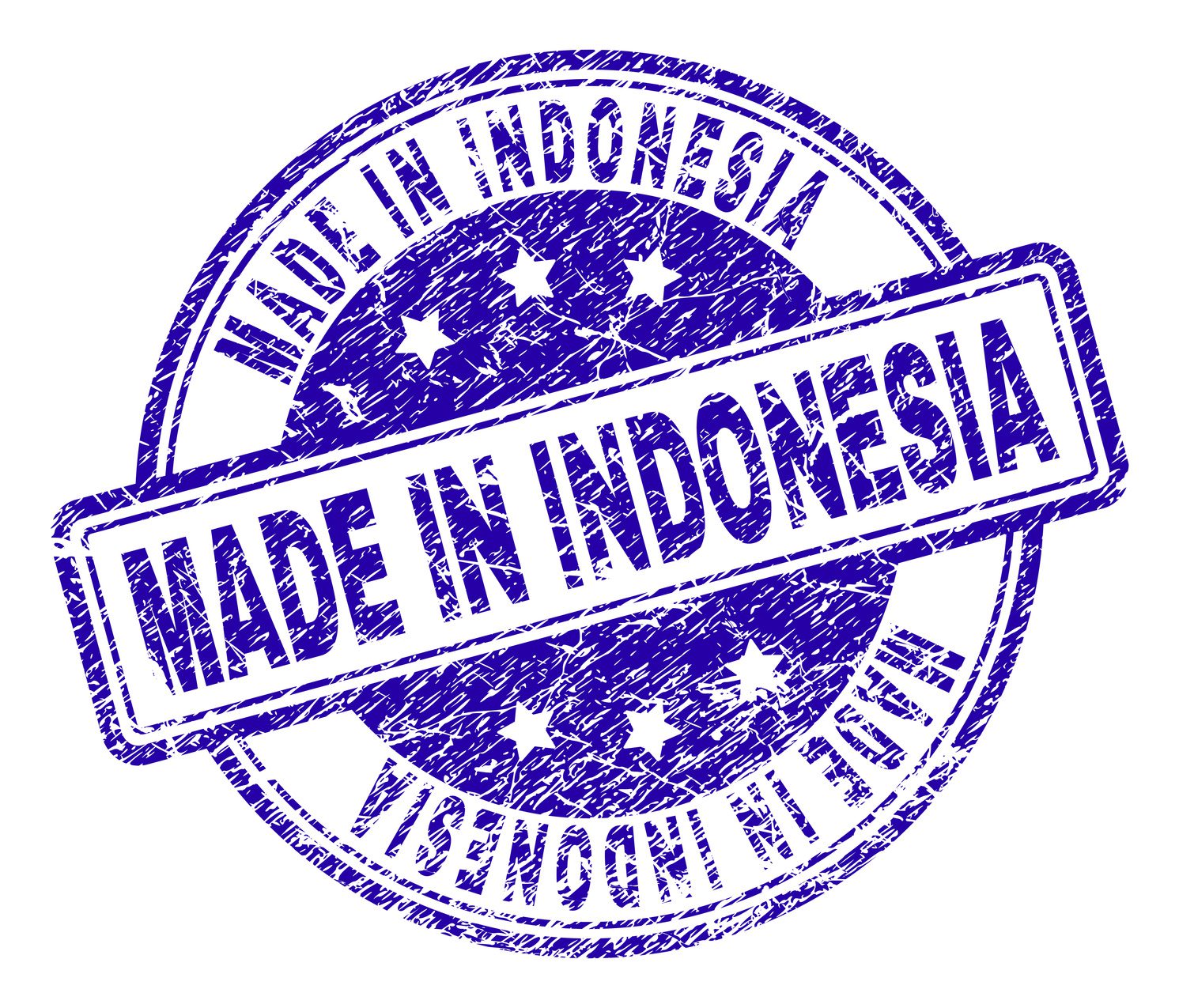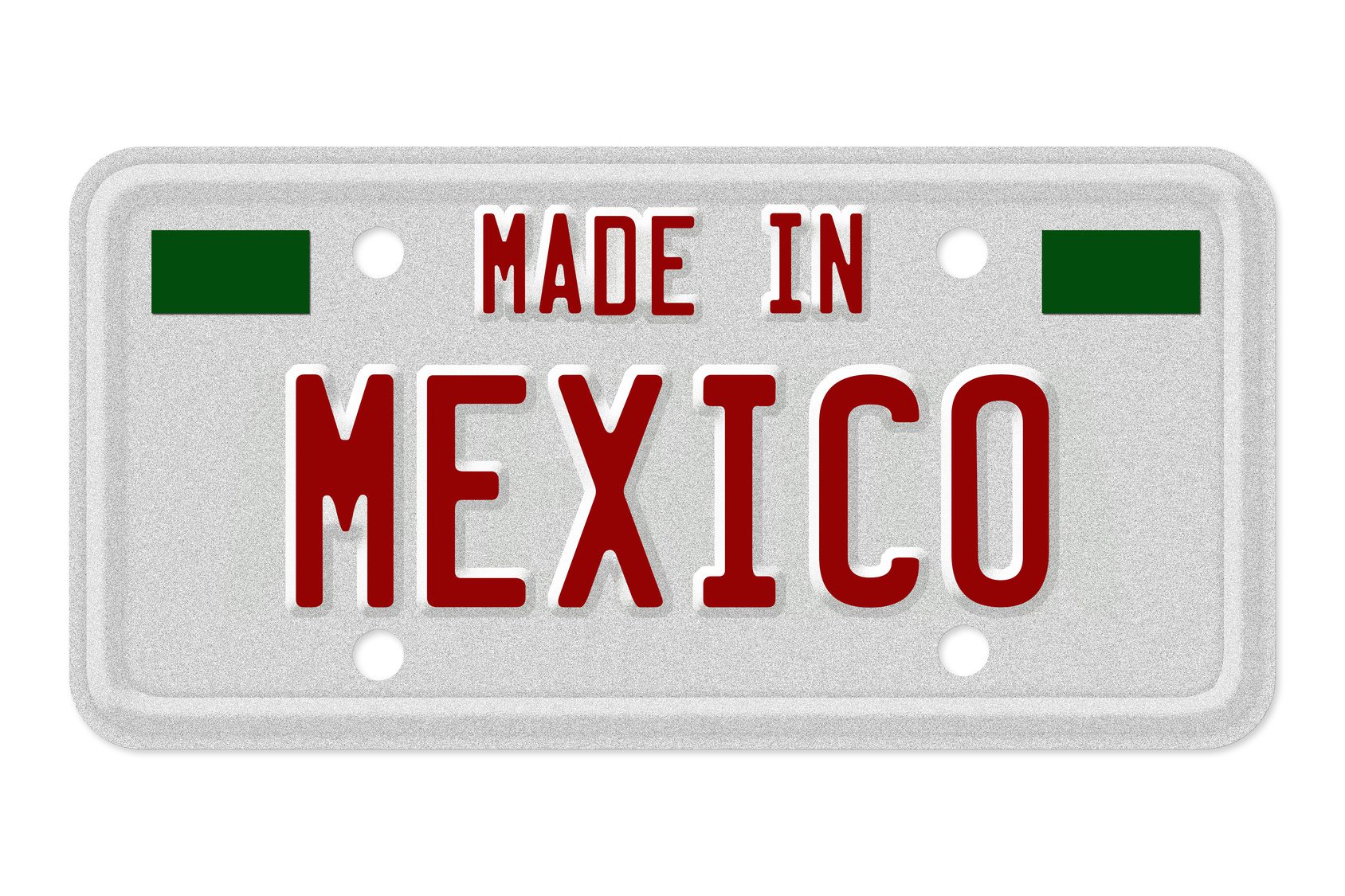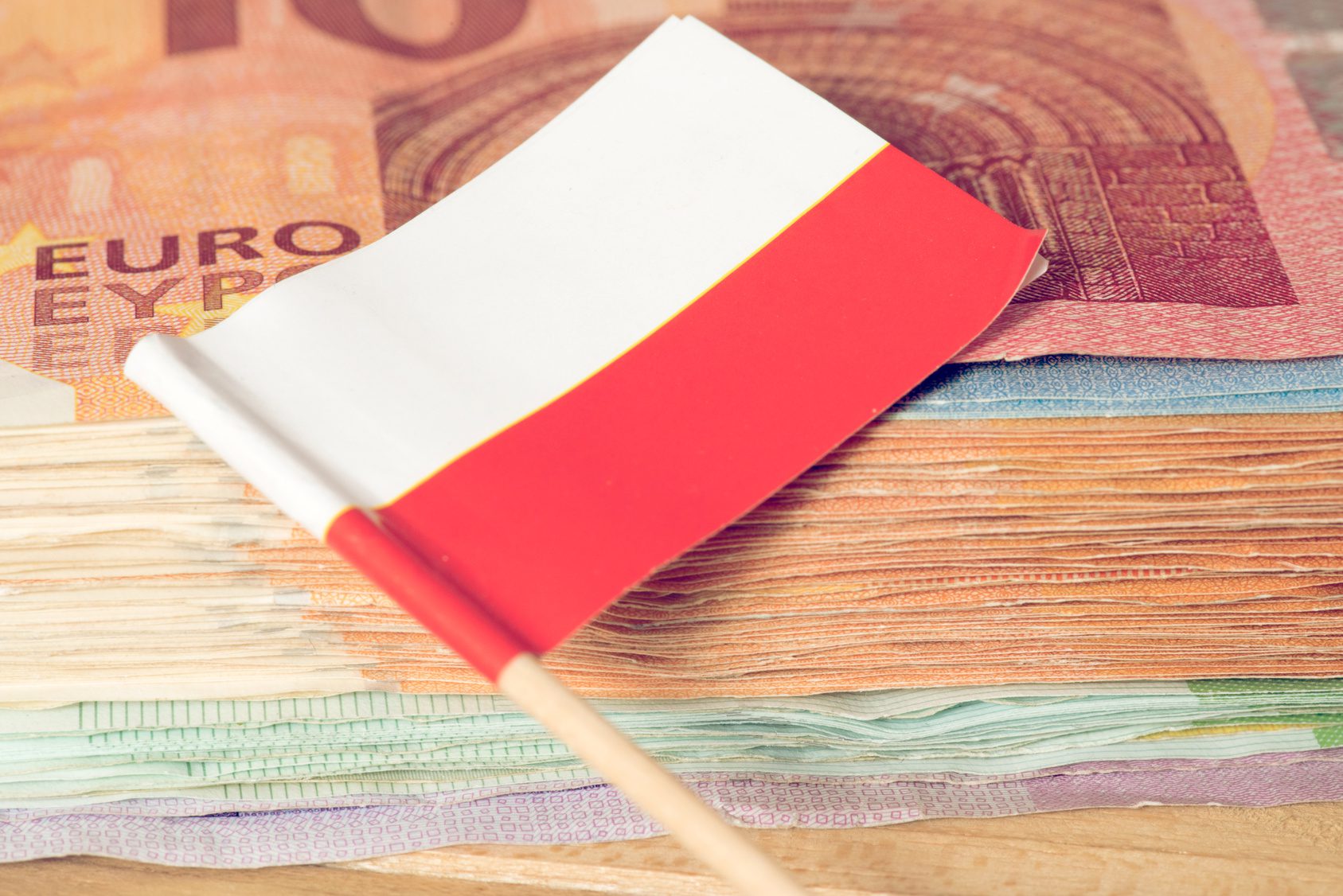Stagnating or declining consumption, falling sales, lower financial stability – the economic crisis is in full swing in many geographies. But it is not a bad thing for everyone. Across markets, private labels have witnessed strong growth over the past five years, the upward trend coinciding with the onset of the economic turmoil in 2008. Cash-strapped consumers, worried about their financial security, turn to cheaper options during their everyday shopping, providing the retailers’ own labels with unprecedented opportunity to win consumers’ hearts.
Since the very beginning of the private labels story, retailer-owned products have been typically associated with low quality (to some extent quite rightly as the first private label products were clearly inferior). These concerns over quality made it difficult for the private label market to take off, making it cater predominantly to the least demanding or poor group of consumers. Several retailers started to realize that while many consumers are indeed price-driven, what most of them actually look for is value for money – so value matters to most of them. While changing the private-labelled product quality was relatively easy to do, changing the consumer bias and conviction of these products’ low quality was a more difficult task.
Quality improved, but it was the onset of the economic crisis in 2008 that made many consumers develop a ‘crisis mindset’ that led them to actually try out private labels for the first time. It appears that the crisis gave private labels a unique chance to enter homes of a group of consumers who were very unlikely to try them out before, mainly due to the consumers’ loyalty to branded products, strong unverified perception of poor quality of private labels and lack of financial pressure to even consider cheaper options. With search for cost savings and brand loyalty in decline, many consumers have found private label products quality to be on a par with market leading brands across segments, but at considerably lower price (even up to 40% cheaper than branded equivalents, depending on product category).
 Private labels market has been growing across several countries (most of Asia still has a relatively low penetration of modern retail formats thus presence of own labels is largely limited there), but the increased acceptance of private labels is particularly visible in Europe. According to a AC Nielsen report “The Power of Private Label in Europe”, already in 2010, a considerable group of consumers associated private labels with good value – between 82% and 87% of consumers across Spain, France, Belgium, Ireland, the Netherlands, UK and Germany believed that supermarket own brands offer extremely good value for money. This is a significant change of mindset, considering the long period of inferior quality associations. Such opinions have played an integral role in boosting the growth of the European private label segment, and in 2012, the average value share of private label across European markets was estimated at 30%.
Private labels market has been growing across several countries (most of Asia still has a relatively low penetration of modern retail formats thus presence of own labels is largely limited there), but the increased acceptance of private labels is particularly visible in Europe. According to a AC Nielsen report “The Power of Private Label in Europe”, already in 2010, a considerable group of consumers associated private labels with good value – between 82% and 87% of consumers across Spain, France, Belgium, Ireland, the Netherlands, UK and Germany believed that supermarket own brands offer extremely good value for money. This is a significant change of mindset, considering the long period of inferior quality associations. Such opinions have played an integral role in boosting the growth of the European private label segment, and in 2012, the average value share of private label across European markets was estimated at 30%.
Clearly, private labels will continue to benefit from the overall deterioration of the economic climate, not only now (even though private labels are gaining higher share of retailer sales, the overall consumption expenditures are all in all lower), but also after the crisis, when consumption will start to grow again. This will be possible provided that retailers use the current situation to build some sort of loyalty amongst customers. This is the time for retailers to prove to their customers that private label products are not half as bad as generally regarded, and to convince the consumers to stick to private label products even after the crisis.
It is not all nice and easy for private labels yet, as they are faced with a range of challenges, which might question their ability to win customers’ loyalty that would last even in the post-crisis era. Obviously, producers of branded products have also reacted to the deteriorated financial capabilities of their customers, and introduced a range of offers or launched product lines in cheaper segments.
Additionally, we have already seen an increase in private-labelled product prices, resulting in lower cost benefit over reduced-price branded products. Growth in the private label segment is linked to improved product quality and the retailers’ attempts to offset the decline in overall sales as consumption stagnates. This increase might eventually lead the consumers to realizing that they can get an old, beloved brand, that reminds them of pre-crisis security, at just marginally higher cost, especially with branded products now available at discounted rates and in promotional offers.
So, the question really is, whether the private label growth story is just a temporary affair, and most consumers will hop back to the branded cart the minute crisis is over?













